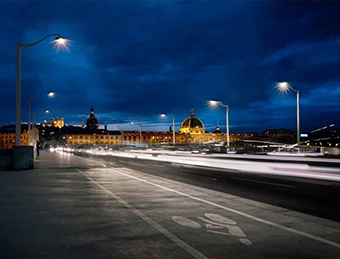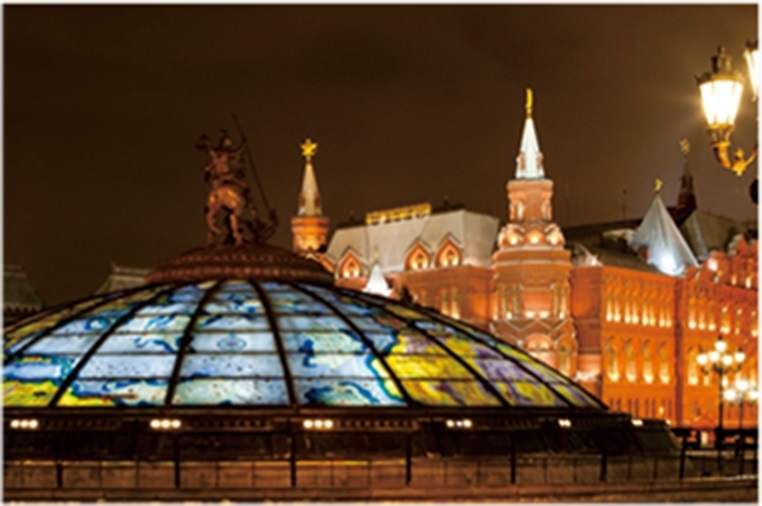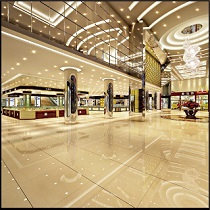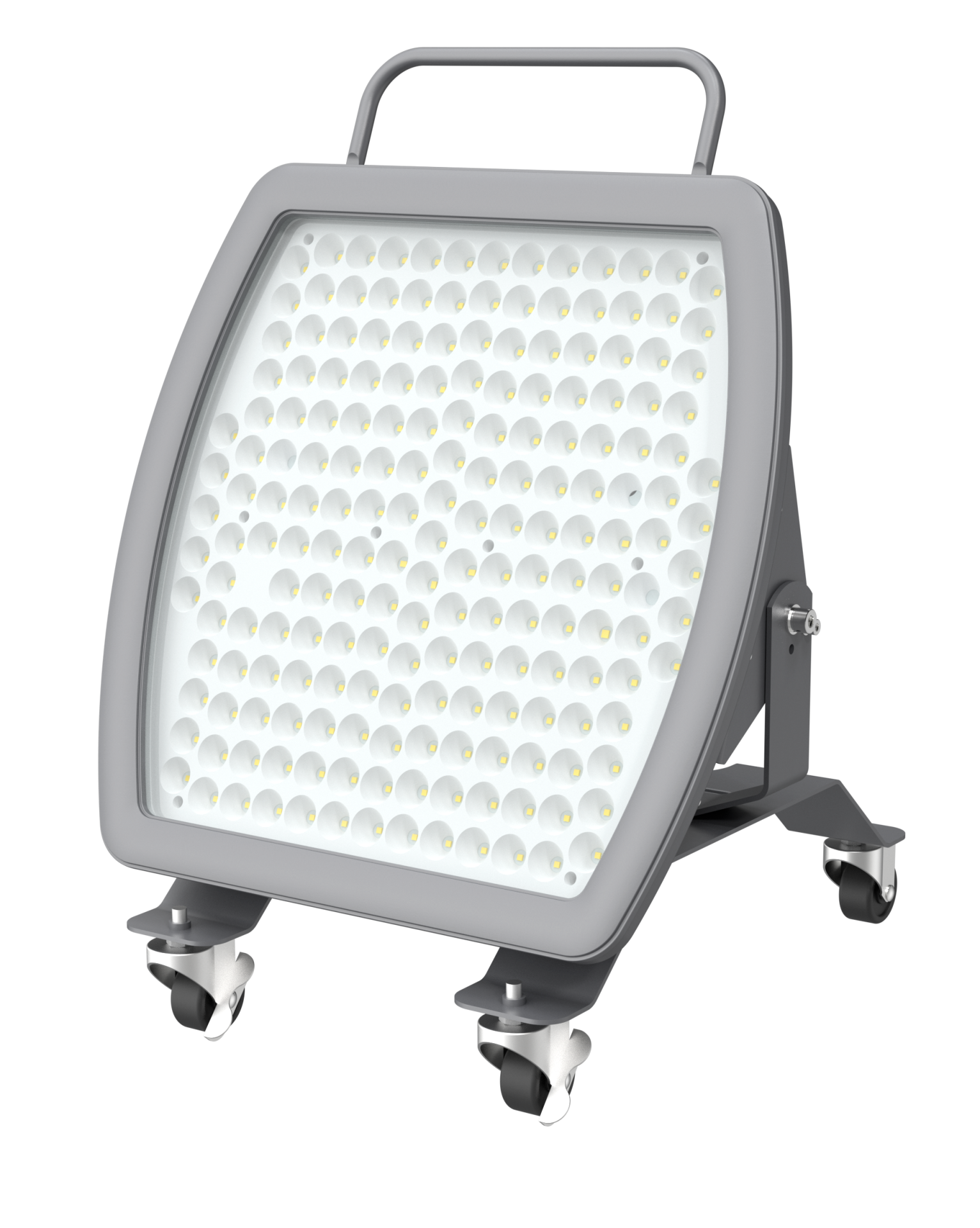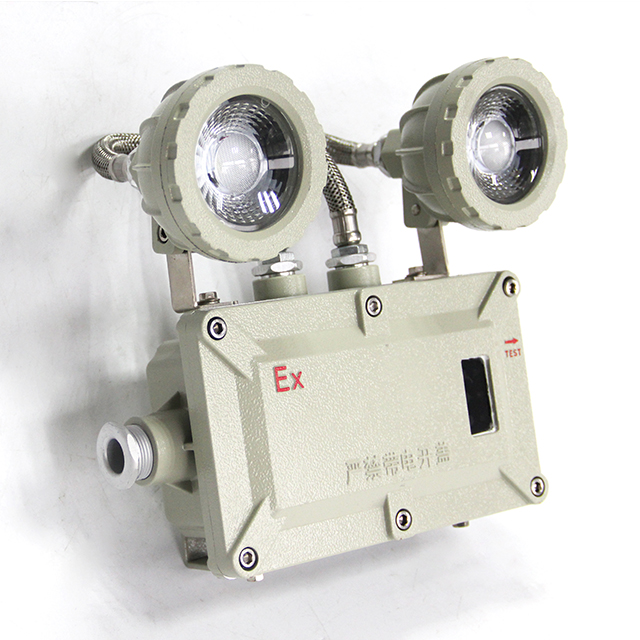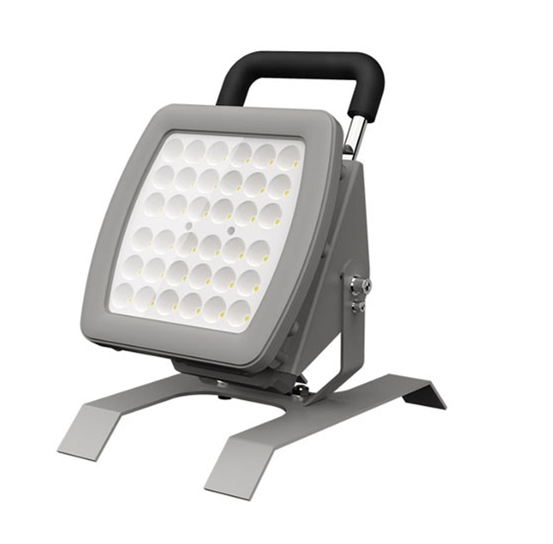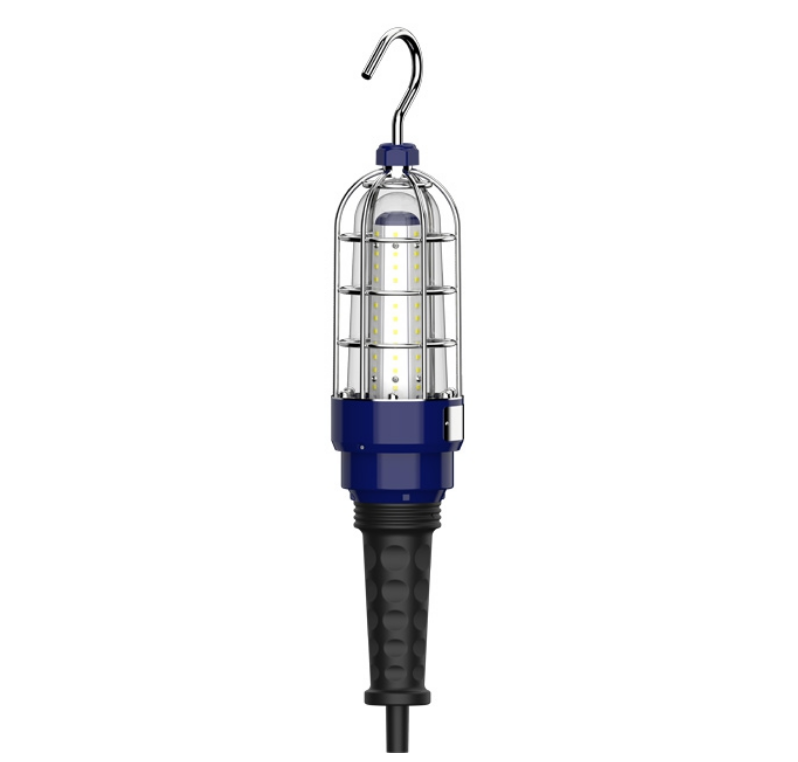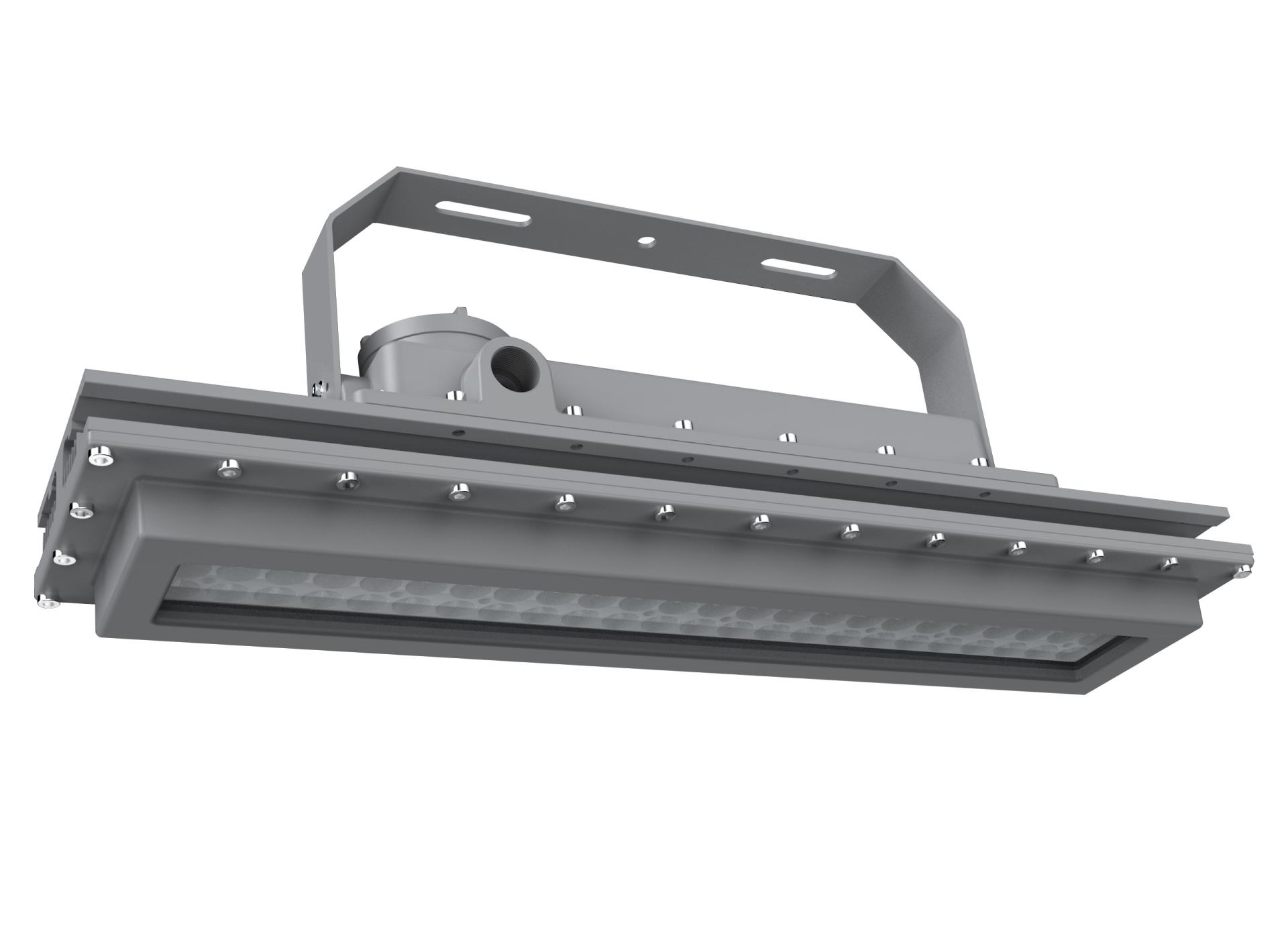In recent years, LED lighting has gained significant popularity as an energy-efficient and versatile lighting solution. As we delve into the nuances of LED technology, it becomes clear how LED lighting stands apart from traditional lighting options such as incandescent bulbs and compact fluorescent lamps (CFL). Here are some key differences that highlight the superiority of LED lighting.
1. Light Source: Compact and Color Versatile
One of the most striking features of LED lighting is its size and capability. LEDs are minute, comparable to a fleck of pepper, which allows for a high level of versatility in design and application. Unlike incandescent and CFL bulbs, which generally emit a singular color of light, LEDs can produce a wide range of colors by combining red, green, and blue (RGB) diodes. This ability to mix colors makes LEDs an excellent choice for applications requiring white light or specific color conditions.
2. Directional Emission: Maximizing Efficiency
Another significant advantage of LED lighting is its directional emission capabilities. LEDs emit light in a specific direction, which reduces the necessity for reflectors and diffusers often required by other lighting types. This unique trait is exceptionally beneficial in scenarios such as recessed downlights and task lighting, where directing light efficiently is crucial. In contrast, traditional lighting methods, such as incandescent and CFL, scatter light; often more than half of the emitted light is never utilized, thereby minimizing efficiency.
3. Heat Management: Energy Conservation
When it comes to heat emissions, LED lighting outshines its incandescent and CFL counterparts. LEDs produce very little heat, making them a safer and cooler option. Incandescent bulbs, for instance, dissipate an astonishing 90% of their energy as heat, while CFLs fare slightly better by releasing about 80% of their energy in the same way. This stark difference not only contributes to energy conservation but also enhances the safety of environments where lighting is necessary.
4. Longevity: Cost-Effective Lighting Solution
One of the most compelling features of LED lighting is its impressive lifespan. High-quality LED bulbs can last three to five times longer than CFLs and up to 30 times longer than traditional incandescent bulbs. This extended lifespan translates to significant savings in replacement costs and maintenance efforts, as fewer replacements are required over time.
Understanding how LEDs are different highlights the numerous advantages of LED lighting over traditional incandescent and CFL options. With their compact nature, directional efficiency, minimal heat production, and long lifespan, LED lights present a forward-thinking solution for both residential and commercial lighting needs. As energy efficiency becomes increasingly critical in our daily lives, embracing LED lighting not only represents a smart economic decision but also supports environmental sustainability. Investing in LED lighting today ensures brighter, more efficient, and longer-lasting illumination for the future.



